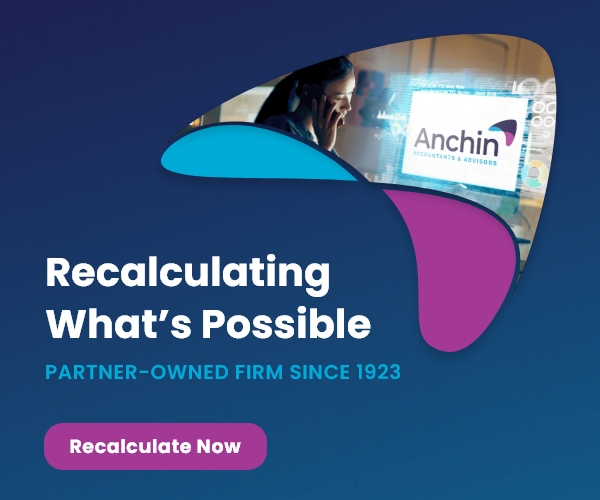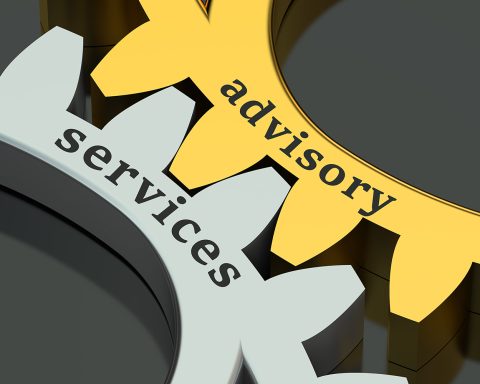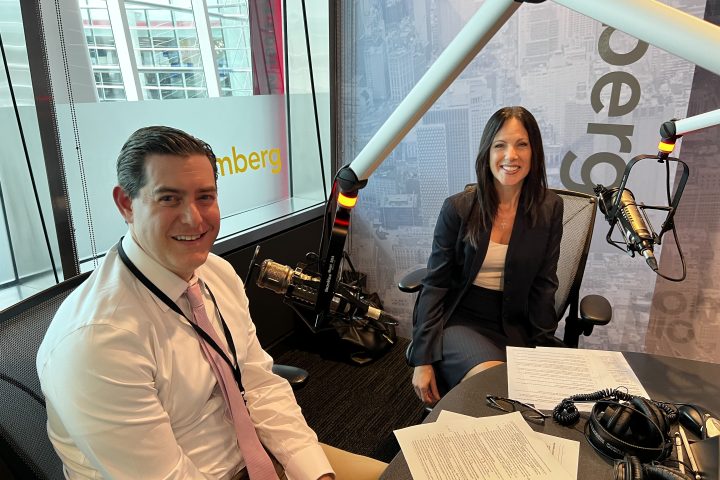The potentially most valuable, but arguably least leveraged, asset of any business is the creativity of its employees. Add to this, potential creative contributions from suppliers, customers, consumers and affiliated institutions, and the unrealized opportunities for new, breakthrough, business-reinventing ideas become staggering.
And this loss of potential creative contributions is not just in the invention of new products and services. The generation of profitable ideas in all areas of business includes cost-cutting and process improvement, logistics and supply chain efficiency, market research, sales, finance and human resources. Each of these areas has become increasingly important as global competition heats up and the pace of change increases exponentially.
How can a corporation invest in, and ultimately realize the return on its investment in, its employees, to use some degree of their unrealized creative potential? A relatively inexpensive but potentially high-return strategy is for HR and/or learning and development managers to promote and popularize the internal expertise for designing and facilitating cross-functional team idea creation. Now known as “ideation sessions,” these sessions can be used to generate a continuous stream of original “big ideas” as well as “smaller” everyday business process improvements.
What is an ideation session, and how does it differ from a brainstorming session? And if ideation sessions are potentially so valuable for leveraging employee creative potential, why aren’t they practiced more often in most organizations?
Ideation Versus Brainstorming
In the 80-plus years since the invention of brainstorming (by Alex Osborn of advertising agency BBDO), the art and science of group idea generation has evolved considerably. Brainstorming, as most readers will know, has two cardinal rules: Withhold judgment (sometimes incorrectly stated as “there are no bad ideas”), and quantity of ideas will, at the end of the day, lead to a better quality of ideas. Both were important insights in their day.
What distinguishes ideation from brainstorming is ideation techniques use “stimuli” to trigger the brain to make creative connections. These stimuli could be words, phrases, who/what/where/when and how questions, metaphors, photos, drawings, “mindmaps,” even thinking strategies of great thinkers from history.
Today, there are literally hundreds of ideation techniques—with more being invented all the time—to help groups create more and better ideas. Some of these techniques include such exotically named processes as semantic intuition, problem re-definition, triggered brainwalking, idea hooks, worst idea technique, directed customer wishing and TRIZ triggers.
Why aren’t there more ideation sessions?
Based on my experience designing and facilitating over 1,000 ideation sessions in the past 25 years, I have found group ideation sessions:
- Generate more and better ideas than employees will, working by themselves.
- Yield qualitatively better ideas than traditional “brainstorming.”
So, why aren’t more ideation sessions being practiced every day? The biggest obstacle is, frankly, a lack of knowledge about the appropriate use and effectiveness of group ideation techniques. In my experience, most businesses, educational institutions and government agencies do not know how powerful different ideation techniques can be in generating a range of unexpected, breakthrough ideas.
Where do new ideas come from?
Typically, new ideas in an organization originate from one of seven sources.
- Employees working/thinking on their own.
- Internal (often cross-functional) teams.
- Customers and/or consumers.
- Suppliers.
- Intellectual property from a recent merger, acquisition or joint venture.
- Outside consultants, agencies and/or inventors.
- Some combination of the above.
Depending on the organization’s culture, strategic predisposition and history of success, each of the seven sources will have a different impact on the amount and quality of new ideas generated and ultimately pursued. Interestingly, with the possible exception of employees working on their own (those not inspired from a previous team ideation session), each of the six other sources of new ideas can certainly benefit from team ideation.
And whether it’s in the joint creation of entirely new ideas, or in the heavily idea-dependent process of turning new ideas into commercial realities, team ideation can generate more and better ideas, engender enthusiasm and buy-in for those ideas and ultimately improve the chances that an idea will be successful when implemented.
Innovating The Process of Innovation
As innovation-focused organizations conduct ever-greater numbers of ideation sessions, they will need to develop ways to record and ultimately “feed back” their ideation session process learnings to other teams, departments and functions within the organization.
The reality is different teams, departments, divisions and companies have different ideation needs, depending on the creative business challenge they are trying to address. And while designing and facilitating ideation sessions will always be an art, this does not mean there are not important empirical learnings to be gained from understanding which ideation techniques work best for different kinds of creative business challenges.
In addition to pioneering ways to “know what they know” about their own ideation processes, HR and learning and development leaders can help forward-thinking managers use ideation techniques to improve on, evolve and occasionally reinvent the process of ideation itself. A good example of this was a challenge made by one of my clients (a research and development director of a Fortune 100 company) to create a new ideation technique that would inspire the invention of breakthrough new skincare products. The result: a new, focused ideation technique we call “Patent Prompts,” which uses abstracts of issued patents to trigger new ideas for specific new product categories.
For the most innovative companies continually searching for ways to improve their idea generation processes—and potentially reinvent the process of ideation itself—consider what many historians think of as Thomas Edison’s greatest invention. It wasn’t the phonograph, nor the electric light bulb, nor even the system of generating and distributing electricity to power the electric light bulb. Rather, it was the “Invention Factory,” his research and development lab at Menlo Park, New Jersey, because it enabled him to invent his other inventions!

























